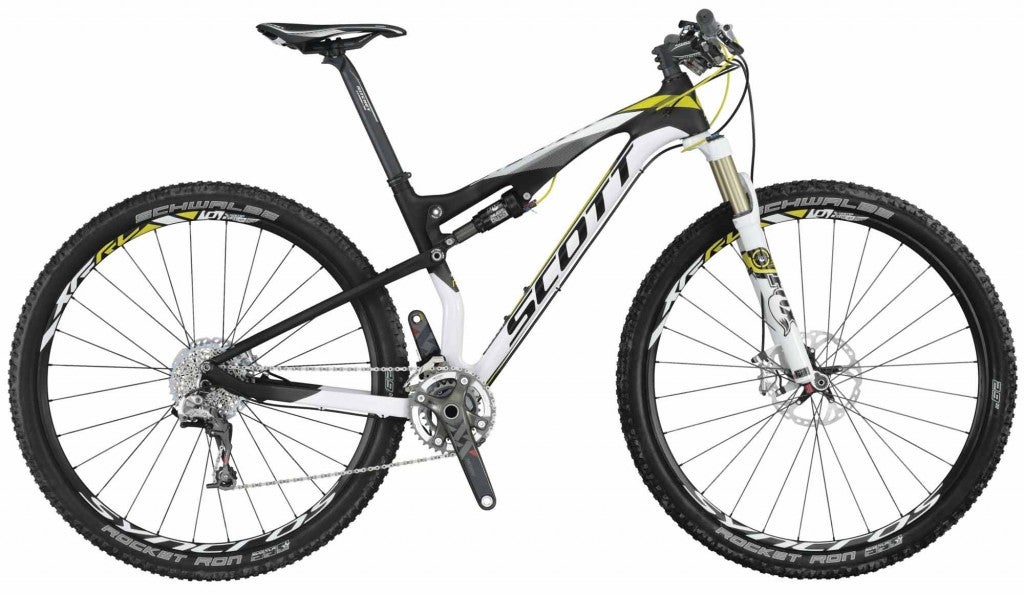How To Shop For Your First Mountain Bike

Looking to improve your fitness in a new way or race an XTERRA event? Consider these specs when shopping for your first mountain bike.
With three wheel sizes and numerous suspension options to choose from, choosing the right mountain bike can be confusing. However, a couple of basic considerations outlined here can help you make a confident choice. Plus: We put a range of mountain rides representing various price ranges and styles to the test on the XTERRA East Championship course in Richmond, Va., and picked the standouts.
Suspension
For anyone who can afford it, especially off-road newbies, full suspension is highly beneficial. While hardtails—bikes without rear suspension—are a bit lighter and quicker while turning and accelerating, full-suspension bikes offer a smoother ride (read: faster) on technical climbs and descents. Plus the body can take a beating on an off-road course, and full suspension will leave you much fresher for the run. For raw speed purists or those on a tight budget, there’s reason to ride a hardtail.
Wheel Size
The 26-inch wheel has been all but replaced by larger options. The bigger a wheel’s circumference, the easier it rolls over obstacles and maintains momentum, so almost all bikes now feature 29-inch wheels, with 27.5-inch wheels (or 650B) gaining ground quickly. Get these big wheels rolling and you’ll float over bumpy sections and rip through the flats. While they don’t handle quite as responsively through tighter turns, and take more effort to get up to speed, these are minor drawbacks that most riders will rarely detect. Shorter riders often prefer 27.5 wheels for their lower center of gravity.
RELATED: Mountain Bike Training For Triathletes
Dream Bike: Scott Spark 900 RC $7,850
Best for: All-out racing
The race-proven Scott Spark line has helped its share of riders to the top of a podium, and the 900 RC is everything a race bike should be. The frame is incredibly quick and agile without feeling too twitchy. With a simple adjustment to the rear linkage you can shift the frame’s orientation for an even more aggressive geometry. Ultra-responsive Fox front and rear suspension features three settings and a convenient single-lever remote lockout—a quick remedy when power climbs turn into steep rocky descents or flowy, rolling singletrack. XTR brakes combined with SRAM XX and XO components means an ideal balance of weight and performance without sacrificing durability. The only drawback is a slightly sluggish Syncros wheelset.
Runner up: Niner Jet 9 RDO 5 Star XTR, $8,700
RELATED: Lesley Paterson’s Mountain Bike Tips
Priced Right: Felt Nine 5 $2,000
Best for: Comfortable responsiveness
The full-carbon Nine 5 offers the most speed and best handling for the least amount of cash. This hardtail features a super light, race-ready frame with outstanding responsiveness and mid-level components that keep the price down without adding much weight. With substantial compliance for a rigid rear triangle design, the ride is relatively smooth, and the lack of rear-end suspension means explosive acceleration on hills or while sprinting. SRAM X5 and X7 components performed adequately for the price, and the Tektro brakes excelled. The RockShox XC32 fork is rough in small bumps and a bit springy. Paired with the bulky WTB wheels, it’s not stiff enough to rail through tight corners.
Runner Up: Giant SLM 29 2.5, $2,100